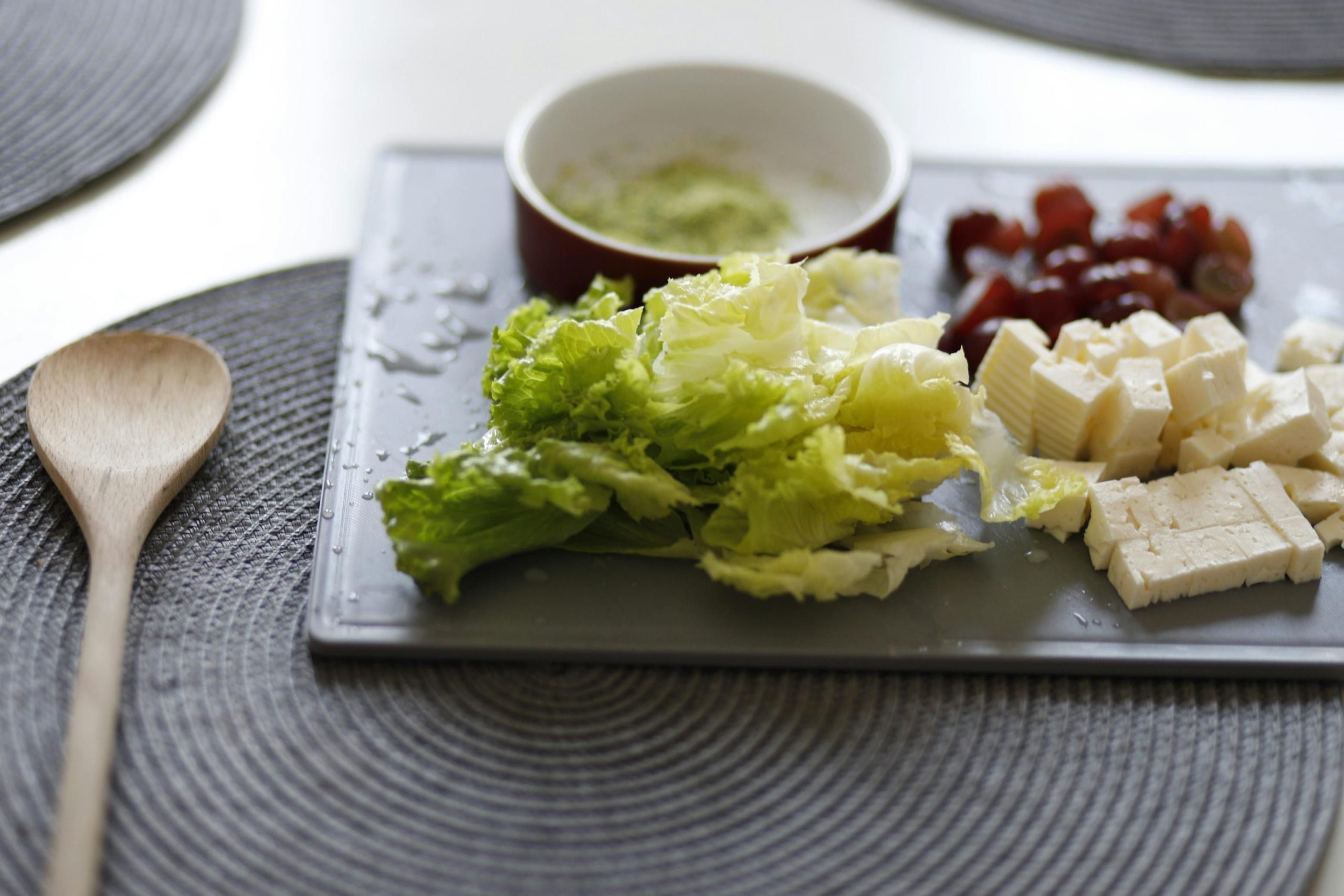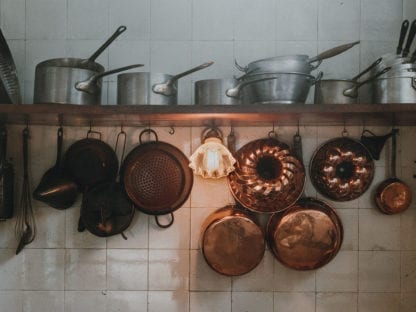Imagine savoring a plate of freshly made pasta, each bite infused with centuries of culinary tradition and regional flavor.
It can be overwhelming to dive into the vast world of Italian cooking, with its diverse regional styles and myriad of delicious dishes.
Italian cooking varies significantly from region to region, each area offering unique dishes influenced by local culture, history, and ingredients.
In this blog post, we’ll take you on a culinary journey through Italy, exploring regional variations, mastering specific dishes, and uncovering essential kitchen items to help you cook authentic Italian meals at home.
Regional Variations in Italy Cooking: A Culinary Journey
Italy’s culinary landscape is as diverse as its history, with each of the 20 regions offering unique dishes that tell a story of the area’s climate, culture, and history. From the rich, creamy risottos of the north influenced by the colder climate and proximity to the Alps, to the vibrant, tomato-based dishes of the south, warmed by the Mediterranean sun, Italian cuisine offers a rich tapestry of flavors. This journey through regional variations not only tantalizes the taste buds but also provides a deeper understanding of Italy’s culinary heritage.
The ingredients used in each region play a critical role in defining the local cuisine. For instance, the abundant use of truffles and mushrooms in Piedmont dishes reflects the region’s rich, forested landscapes, while the seafood dishes from the coastal regions like Liguria and Sicily showcase the freshest catch from the Mediterranean. These regional ingredients are not just food items; they are a reflection of the local geography and history, making each meal a cultural exploration.
Beyond ingredients, cooking techniques also vary significantly across regions, further defining the distinct culinary identity of each area. The slow-cooked stews of Tuscany contrast sharply with the quick, fresh seafood preparations found in the coastal regions. This diversity in cooking methods not only highlights the adaptability and creativity of Italian cooks but also shows how traditions and modern innovations coexist in the Italian kitchen, preserving the legacy of each region’s culinary arts.
Mastering Specific Dishes in Italy Cooking

Mastering specific Italian dishes requires an appreciation of the context in which these dishes were developed. Take, for example, the classic Tomato Bruschetta, a simple yet profound dish that relies heavily on the quality of its few ingredients: ripe tomatoes, fresh basil, and high-quality olive oil. Originating from Central Italy, this dish is a celebration of the region’s bountiful tomato harvest and has been a staple in Italian cuisine, reflecting the simplicity and freshness of local produce.
Another beloved dish is Pasta Aglio e Olio, which translates to pasta with garlic and oil. This dish epitomizes the Italian philosophy of making great food with minimal ingredients. Originating from the Campania region, this pasta dish is a go-to recipe for a quick, satisfying meal, featuring:
- Spaghetti – as the pasta of choice
- Extra virgin olive oil – for its robust flavor
- Fresh garlic – sliced thinly or minced
- Red pepper flakes – for a touch of heat
This dish is often enhanced with fresh parsley or a sprinkle of Parmesan cheese, showcasing the regional flair of adding local ingredients to elevate simple dishes.
To truly master these dishes, one must not only follow recipes but also understand the cultural significance and the regional characteristics that influence these creations. Whether it’s sourcing the right type of olive oil for your Bruschetta or cooking pasta just right for Aglio e Olio, the art of Italian cooking lies in the details. Each dish offers a window into the traditions of the regions they come from, providing not just a meal, but an experience steeped in history and love for food.
Essential Kitchen Items for Italy Cooking

To dive into the art of Italian cooking, it’s crucial to equip your kitchen with some essential items that form the backbone of many traditional recipes. High-quality knives are indispensable for preparing fresh ingredients with precision, while a set of heavy-duty pots and pans ensures even cooking and perfect textures. A wooden rolling pin is a must-have for rolling out doughs for pasta, pizza, and pastries, offering control and the tactile feel necessary for delicate creations.
Beyond tools, certain staple ingredients are vital in any Italian kitchen. These include:
- Extra virgin olive oil for cooking and dressings
- Garlic and onions, the base for many sauces and dishes
- Canned tomatoes, preferably San Marzano, for authentic tomato sauces
- Dried pasta in various shapes, essential for quick and delicious meals
Stocking up on these items will ensure you’re always ready to whip up flavorful and authentic Italian dishes, from a simple pesto pasta to a more elaborate gnocchi night.
Identifying Quality Recipes in Italy Cooking
When exploring Italian recipes, it’s crucial to look beyond the surface. A recipe might have an appealing title and a beautiful image, but the real test of its quality lies in the details. Scrutinize the ingredients list; authentic Italian cooking emphasizes fresh, high-quality components. Avoid recipes that rely heavily on processed items or shortcuts. Authentic recipes will feature:
- Fresh herbs
- High-quality olive oil
- Seasonal vegetables
Additionally, the clarity and detail of the cooking instructions are essential indicators of a quality recipe. Good Italian recipes provide clear, step-by-step directions and often include tips that reflect the traditional cooking methods of the region. They avoid vague terms and ensure that even someone new to Italian cooking can achieve delicious results. This attention to detail helps preserve the authenticity and intended flavors of the dish, giving you a true taste of Italy.
Course Pairing in Italy Cooking: Planning Your Italian Meal
Planning a multi-course Italian meal requires a thoughtful approach to pairing dishes that complement each other in flavor, texture, and progression. Begin with lighter courses, such as an antipasto of prosciutto-wrapped melon or a caprese salad, which prepare the palate without overwhelming it. Next, consider a primo course like a delicate soup or a light pasta dish, which serves as a gentle bridge to more robust flavors. These initial choices set the stage for the courses that follow, ensuring each dish enhances the one before it.
As you move towards the heartier courses, the secondo (main course) should showcase a standout regional specialty, such as risotto in the north or a seafood dish in coastal areas. Pairing this with a complementary contorno (side dish) like sautéed vegetables or a fresh salad can balance richer main courses. To conclude, a formaggio e frutta (cheese and fruit) course serves as a perfect palate cleanser before a final sweet dessert. This progression not only respects the Italian culinary tradition but also creates a harmonious dining experience that flows naturally from start to finish.
Perfecting Pasta in Italy Cooking
Achieving the perfect pasta begins with cooking it al dente, which means the pasta is tender but still has a slight chew. To do this, subtract 1-2 minutes from the package’s recommended cooking time, and test a piece before draining. This ensures your pasta has the ideal texture for absorbing sauces like cacio e pepe.
Don’t discard the pasta water after cooking; it’s a golden ingredient for sauces. Rich in starch, the water helps thicken and bind the sauce to the pasta, creating a creamy, glossy finish. Always save a cup before draining, and add it gradually to your sauce to achieve the desired consistency.
The Art of Risotto in Italy Cooking

Risotto, a quintessential Italian dish, demands precision and patience. Common mistakes often include using the wrong type of rice or adding broth too quickly. Experts recommend using Arborio, Carnaroli, or Vialone Nano rice for the best creaminess. It’s crucial to add hot broth gradually, allowing the rice to absorb the liquid slowly and release its starch, which gives risotto its signature creamy texture.
To perfect your risotto, keep these tips in mind:
- Stir gently: Avoid vigorous stirring as it can break the grains and make the risotto gummy.
- Manage heat wisely: Cook on a low to medium flame to prevent the rice from cooking unevenly.
- Finish with ‘mantecatura’: This involves vigorously stirring in cold butter and Parmesan off the heat to make the risotto luxuriously creamy. Remember, mastering the art of risotto is as much about technique as it is about ingredients.
Polenta Perfection in Italy Cooking

Making polenta, a staple in Italian cuisine, involves a simple process that requires attention to detail for perfect results. Start by bringing water and salt to a boil, then gradually whisk in the polenta to avoid lumps. The key to creamy, smooth polenta lies in the consistency of stirring; it should be frequent and attentive during the initial cooking phase, which lasts about five minutes until the mixture begins to thicken.
After the initial vigorous whisking, reduce the heat and let the polenta simmer gently. This stage is crucial and should be managed with care:
- Cover the pot to maintain consistent heat.
- Stir every 5 to 6 minutes to prevent sticking and ensure even cooking.
- After about 30 minutes, when the polenta is thick and the grains are tender, incorporate butter and Parmigiano-Reggiano cheese for added richness and flavor. Let it stand covered off the heat for a few minutes before serving to achieve the perfect creamy texture.
Enhance Your Italy Cooking Experience with Indulge Tours
INDULGE offers culinary tours that not only introduce you to the rich flavors of Zurich but also enhance your understanding of international cuisines, including Italian. By participating in these tours, you can explore how traditional Italian dishes blend with local Swiss flavors, offering a unique culinary experience that broadens your palate and deepens your appreciation for Italy’s cooking traditions.
Booking a tour with INDULGE is more than just a meal; it’s a journey into the heart of Zurich’s culinary scene. Here are some highlights you can expect:
- Guided tours by local food experts
- Exclusive dining experiences that showcase a mix of Swiss and Italian cuisines
- Insights into how international dishes are adapted in Swiss culture
These experiences are designed to make every food lover’s dream come true, enriching your culinary knowledge and delighting your taste buds.
Frequently Asked Questions
What is traditional Italian cooking?
Traditional Italian cooking is a celebration of regional flavors and ingredients, deeply rooted in the country’s diverse history and culture. Each region in Italy offers unique dishes that reflect local traditions, climate, and resources. For example, the north is known for its rich, creamy risottos, influenced by the colder climate and proximity to the Alps, while the south boasts vibrant, tomato-based dishes, thanks to the warm Mediterranean sun. Ingredients like truffles, mushrooms, and fresh seafood play a crucial role in defining the distinct culinary identities of each area. Traditional Italian cooking also emphasizes simplicity and quality, focusing on the freshness of the ingredients rather than complex cooking techniques.
What is Italy famous for food?
Italy is famous for its rich and diverse food culture, which varies significantly from one region to another. Some of the hallmark dishes include creamy risottos from the north, vibrant tomato-based dishes from the south, and a variety of pasta dishes like Pasta Aglio e Olio from the Campania region. Italian cuisine is also known for its use of high-quality, fresh ingredients such as truffles, mushrooms, and seafood, which are essential in reflecting the local flavors and traditions. Additionally, Italy is renowned for its olive oil, cheeses, and wines, which are integral to the Italian culinary experience.
What are the cooking practices in Italy?
Cooking practices in Italy vary widely across different regions, each adopting techniques that best express their culinary heritage and ingredient availability. For instance, the slow-cooked stews of Tuscany contrast with the quick, fresh seafood preparations of the coastal areas. Italian cooking practices also highlight the importance of quality and simplicity, focusing on enhancing the natural flavors of a few key ingredients rather than relying on elaborate methods. Techniques such as cooking pasta ‘al dente’ and using pasta water to bind and thicken sauces are common, reflecting the thoughtful and precise nature of Italian cooking.
What is the secret to Italian cooking?
The secret to Italian cooking lies in its emphasis on quality ingredients, simplicity, and a deep respect for culinary traditions. Fresh, high-quality components like ripe tomatoes, high-quality olive oil, and fresh herbs are the cornerstone of Italian dishes. The simplicity of the recipes, which often require few ingredients, highlights the importance of each element’s flavor and quality. Additionally, understanding the cultural significance and regional characteristics that influence Italian dishes is crucial. This combination of quality, simplicity, and tradition makes Italian cooking distinct and beloved worldwide.








